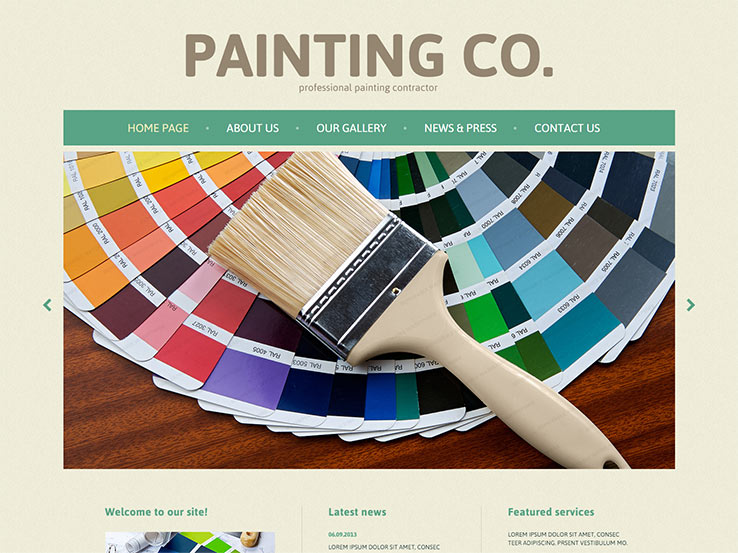Explore The Function Of Seasonal Consider The Success Of Commercial Exterior Paint And Reveal The Best Times To Secure Long-Term Outcomes For Your Task
Explore The Function Of Seasonal Consider The Success Of Commercial Exterior Paint And Reveal The Best Times To Secure Long-Term Outcomes For Your Task
Blog Article
Written By- https://interiorpainternearme31086.loginblogin.com/41714601/expert-suggestions-for-seamless-teamwork-with-home-painters
When you're planning a business exterior painting job, seasonal variables can make or break your results. You'll wish to consider just how temperature and humidity effect paint application and drying times. Choosing the right period can ensure your paint sticks correctly and lasts longer. Yet which periods are really the best for this kind of job? Allow's explore the key elements that can influence your project's success.
The Impact of Temperature Level on Paint Application
When you're planning an industrial external painting project, the temperature level can substantially impact how well the paint adheres and dries.
Ideally, you want to paint when temperature levels range in between 50 ° F and 85 ° F. If it's too chilly, the paint may not cure effectively, bring about problems like peeling or cracking.
On the flip side, if it's as well hot, the paint can dry out also quickly, avoiding correct attachment and resulting in an irregular finish.
You need to additionally consider the time of day; morning or late afternoon provides cooler temperatures, which can be a lot more beneficial.
Constantly examine the supplier's referrals for the particular paint you're using, as they frequently provide guidance on the optimal temperature level range for optimum results.
Moisture and Its Effect on Drying Times
Temperature isn't the only environmental variable that influences your business external painting project; moisture plays a significant role too. High humidity degrees can decrease drying times drastically, impacting the total quality of your paint work.
When the air is filled with wetness, the paint takes longer to cure, which can cause problems like inadequate bond and a higher threat of mold growth. If you're painting on a particularly moist day, be planned for extensive wait times between layers.
It's essential to monitor local climate condition and plan accordingly. Preferably, exterior house painter near me for humidity degrees in between 40% and 70% for optimum drying out.
Keeping these factors in mind guarantees your task remains on track and delivers a long-term surface.
Best Seasons for Commercial Exterior Paint Projects
What's the most effective time of year for your business exterior painting jobs?
Spring and very early fall are normally your best bets. During these seasons, temperatures are mild, and moisture degrees are usually lower, producing optimal problems for paint application and drying.
Prevent summer season's intense heat, which can create paint to completely dry too swiftly, resulting in poor bond and coating. In a similar way, wintertime's cold temperatures can hinder correct drying and healing, taking the chance of the longevity of your paint work.
Go for days with temperatures in between 50 ° F and 85 ° F for ideal outcomes. Bear in mind to examine the regional weather report for rain, as wet conditions can spoil your task.
Planning around these aspects ensures your paint job runs smoothly and lasts much longer.
Final thought
In conclusion, preparing your commercial outside painting jobs around seasonal considerations can make a substantial distinction in the outcome. By organizing work during the excellent temperatures and humidity levels, you'll make sure much better adhesion and drying times. Bear in mind to watch on neighborhood weather report and select the right time of year-- springtime and very early autumn are your best options. Taking these steps will certainly help you accomplish a sturdy and professional surface that lasts.
